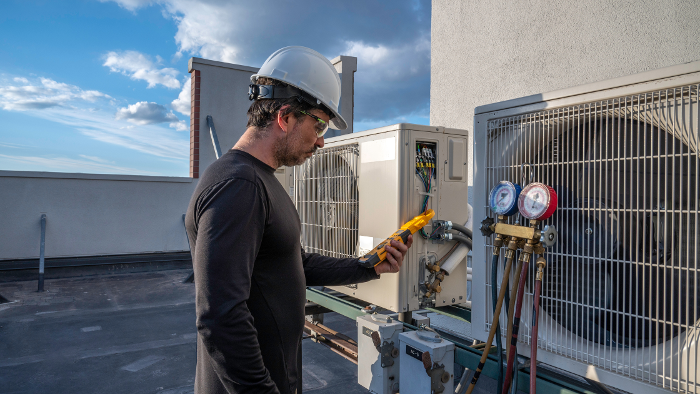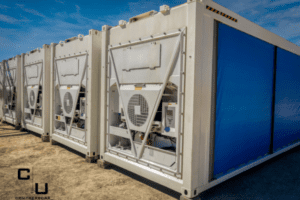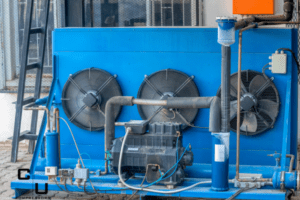In today’s data-driven world, even simple systems are usually controlled by microchips. Although the engineering principles behind HVAC have been consistent for nearly a century, HVAC systems increasingly rely on sophisticated digital technology.
For instance, the last few years have seen a push toward smart thermostats.
Smart thermostats are valuable because they can reduce waste by tailoring system output to operating conditions in ways that were not possible before. No longer does the system need to struggle to keep a space cool if there is actually nobody using that space, this is just one example.
If you have switched to a smart thermostat, the odds are good you are also using a building management system. The building management system effectively ties in your HVAC to the overall digital monitoring of a property. This helps you notice and troubleshoot issues with your systems much faster.
With a building management system, the sensors used by the thermostat to read ambient temperature can also be used for a variety of other purposes. Environmental variables like temperature, lighting level, and electrical usage can be monitored in nearly real-time.
In an operating environment where more systems are “talking” to each other on a regular basis, it is more important than ever to keep a close eye on your HVAC controls. Luckily, you don’t need to be a technology wizard to recognize potential issues with HVAC controls and take action.
It all comes down to the best practices in HVAC maintenance you are already using.
HVAC Controls and Sensors Work Together to Deliver Desired Performance
HVAC control components consist of all the elements that help manage the functions of the system as a whole. The most versatile and important HVAC control is the thermostat itself. It bundles all the major control functions together with measurement capabilities.
In the past, it was common for there to be few or even just one sensor with which the thermostat would read the temperature. In larger systems, sensors would be placed strategically according to the distinct temperature zones that the system would service.
Today, there can be multiple sensors in each zone, and sometimes there are even several in one room.
With that in mind, both the thermostat itself and the sensors should be maintained on a regular basis.
There are three foundational ways to keep your HVAC controls in working order:
1. Visual Inspection
A visual inspection of sensors should be performed at least twice a month and any time you detect any performance issues in a particular area of your building. When a sensor is severely malfunctioning, then your building management interface might let you know about it – in general, though, most issues first come to a team’s attention when somebody in the workplace complains about temperatures.
Visual inspection only takes a few seconds per sensor. Every brand of sensor is a little bit different, with its own sensitivity level and quirks. With that in mind, it’s always best to err on the side of caution. Wiping a sensor down can often restore it to full working order. Over time, sensors lose their acuity and need to be replaced – if you find yourself giving attention to the same unit over and over, it may be time to replace it.
2. Thermostat Calibration
No matter whether your thermostat is digital or analog, it will need to be calibrated now and then. As thermostats have become more complex, the documentation provided with them has also gotten much more specific about how this should be done. Instead of manually adjusting settings, you might find your thermostat needs new software drivers (also sometimes called “firmware”) to continue working.
Luckily, no matter what the modern process looks like, it usually takes less time and causes little or no disruption. All systems need to be calibrated sooner or later, and there is often no harm in getting this done before any noticeable performance loss. Some teams make thermostat calibration a monthly or quarterly part of their overall HVAC maintenance.
3. Component Replacement
Just like light bulbs, sensors aren’t designed to last forever, and the quality of data from the sensors is a key part of HVAC control functionality. But the sensors aren’t the only piece that may need replacement. In fact, any element of your HVAC controls could require replacement during the system’s working life.
Although not technically an HVAC control, one of the most significant replacements you might need to make is the compressor itself. A remanufactured commercial compressor helps you get the excellence you need at a small fraction of the price while sourcing your equipment weeks sooner.
All the different parts of an HVAC system work together, and your HVAC controls dictate much of what the other parts do. Give your HVAC controls frequent attention to keep your system running smoothly.












